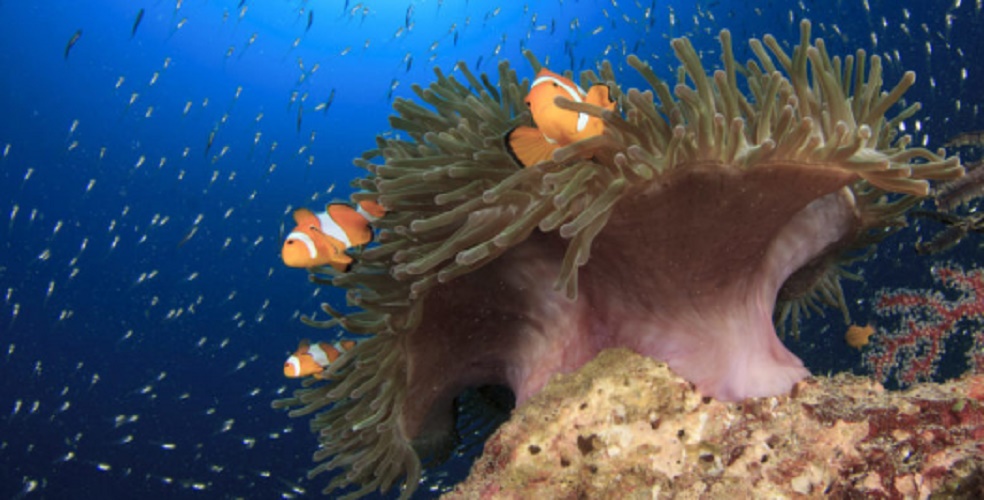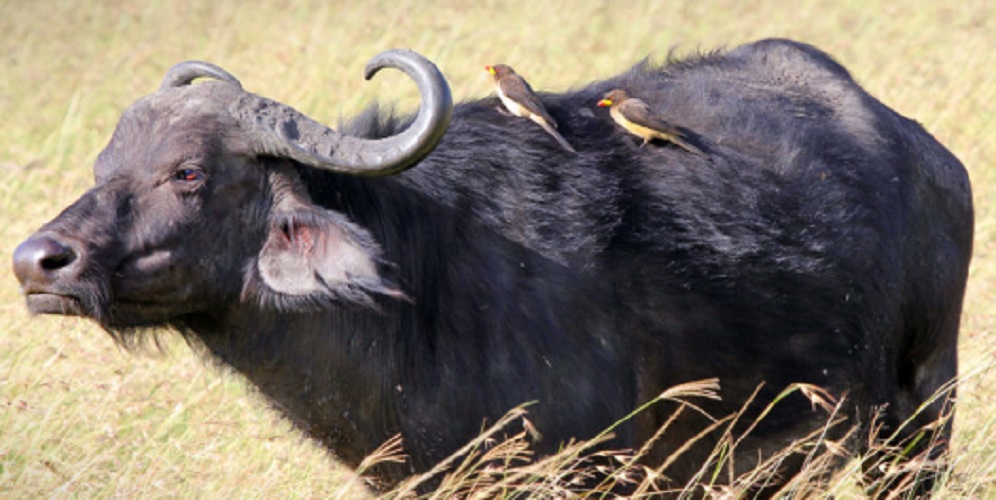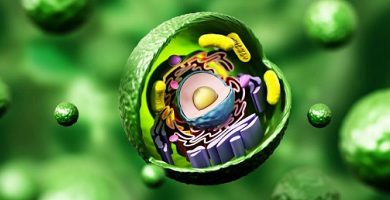What are interspecific relationships?
We explain what interspecific relationships are, what are their main characteristics and examples of these relationships.
-
What are interspecific relationships?
Interspecific relationships are called the different types of interaction that usually take place between two or more individuals belonging to different species . These types of relationships occur within the framework of a given ecosystem and generally have to do with the satisfaction of the nutritional or other needs of at least one of the individuals involved.
As the name implies, these types of relationships occur between subjects of different species but the same ecosystem , that is, they share habitat . In this they differ from intraspecific relationships , which occur between individuals of the same species .
Interspecific relationships can occur between individuals of very different nature, even belonging to realms other than life , such as plants and animals, for example . And its classification will depend on the nature of the link established between the two species: if it is beneficial for both, for one or if it causes damage to any of them.
-
Commensalism

This type of relationship is beneficial for one of the two individuals involved (called a diner ), without this benefit causing any kind of damage or discomfort to the other body. This is well explained in the name of the term, which comes from the Latin cum mess , that is, “share the table.”
An example of commensalism is appreciable among lions and hyenas or other scavenger species in Africa : the latter wait for the former to finish feeding on the hunt, and then take advantage of the abandoned remains of the dam. Another example is that of the clownfish that lives among the sea anemones, keeping safe from predators thanks to the toxic effect of the tentacles of those, and without causing any damage to the anemone.
-
Mutualism

Unlike commensalism, in the case of mutualism the association between the two species is mutually beneficial , being useful to both diners. This often implies some degree of tolerance or explicit cooperation between them.
Good examples of mutualism are: flea and tick-based feeding of birds that climb the backs of furry animals such as cows, horses or oxen, relieving them of this plague in exchange for a constant source of food. Another good example is the respectful relationship between a certain type of bulky fish and a small crustacean species , which enter its open mouth to feed on the remains of food between its teeth, cleaning them and receiving free food in return .
-
Symbiosis

It is a very narrow degree of cooperation between species , so much so that both lead a joint life in intimate association, to the point of being often indiscernible from each other. This cooperation generally has benefits for both (or at least one) of the species.
An example of a symbiotic relationship is that between a fungus and an algae to constitute what we commonly call lichen : the fungus provides structure and keeps the algae moist and nourished, who in turn synthesizes carbohydrates that feed it.
-
Predation
 The predator hunts its prey to consume its meat.
The predator hunts its prey to consume its meat.Predation is a type of interspecific relationship that causes damage ( death ) to one of the two species involved , since the other feeds on it, destroying and consuming its tissues. The consuming species is called the predator or predator , and the consumed species is known as prey .
There are large and fierce predators in nature , such as lions, snakes or praying mantises , each in its respective ecosystem. They feed on gazelles, mice or insects, respectively, giving them hunting and eating their meat.
-
Parasitism

This interspecific relationship also causes harm to one of the two members involved, while benefiting the other . It is similar in that sense to predation, only that the damage is not massive and immediate, but slower and prolonged in time, to the extent that the parasitic species consumes fluids or tissues of the parasitized, which suffers the consequences.
Thus, we can cite as examples of this all species of protozoa, nematodes and bacteria that can infect the intestines of humans and other similar animals (endoparasites, inside the body), causing diarrhea, inability to assimilate nutrients and other symptoms of disease , while they reproduce and feed inside your body. An example is the ectoparasites (outside the body) such as fleas, lice or ticks, which adhere to the skin and suck the blood of parasitized beings.
-
Competition

The competition takes place when two species benefit from the same niche , feeding on their resources or obtaining some kind of well-being, but they cannot do so at the same time or in a peaceful way, so they must fight for access to the resource and deter some way to the other species to look for some other food source.
This is what happens, for example, when animals compete for territory , trying to control their own resources and monopolize space, available dams, sunlight, etc. This is the case of two plants in front of a limited amount of sunlight, or of two species of jungle felines fighting to establish a hunting ground in which the others do not enter.





